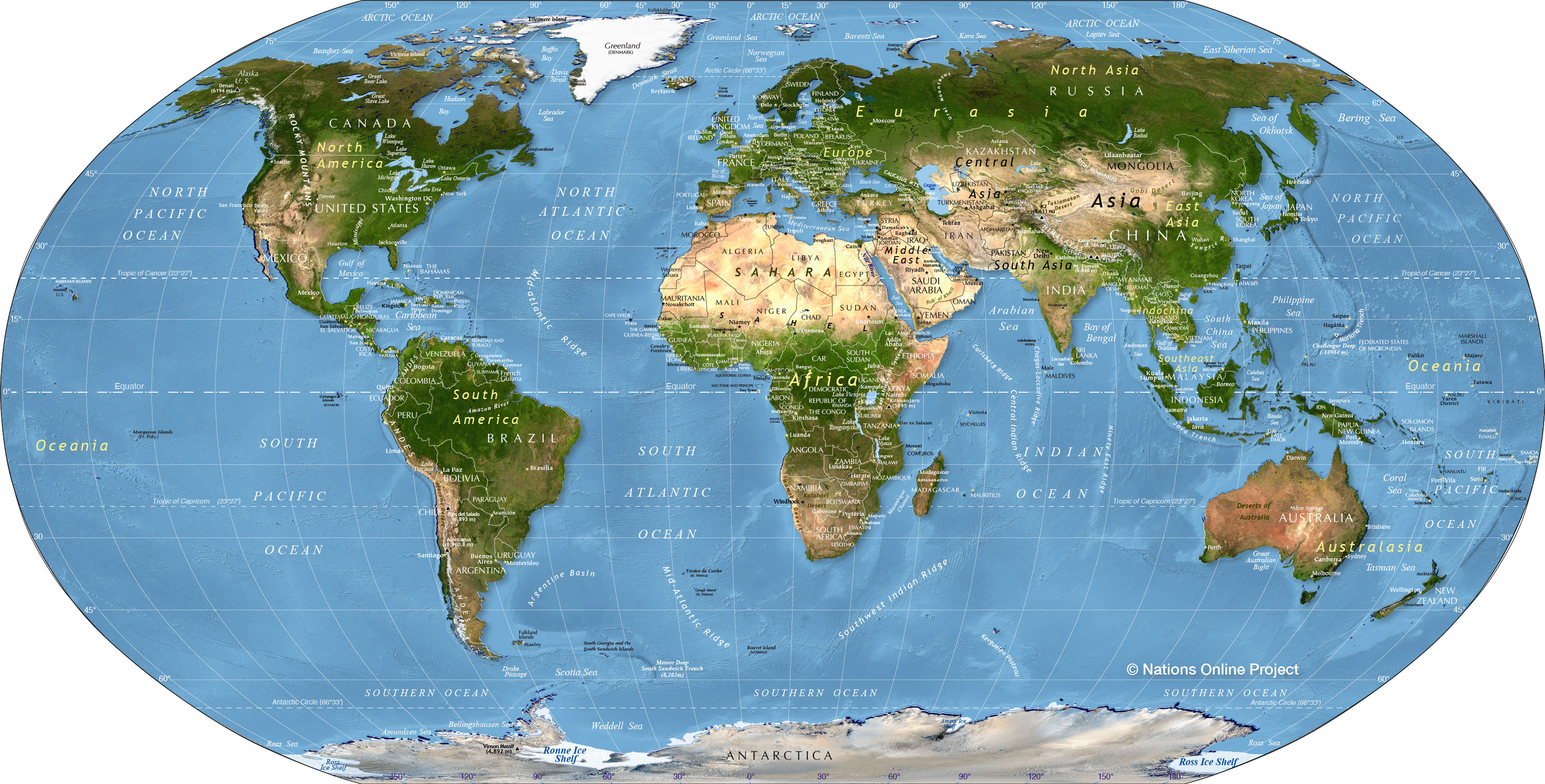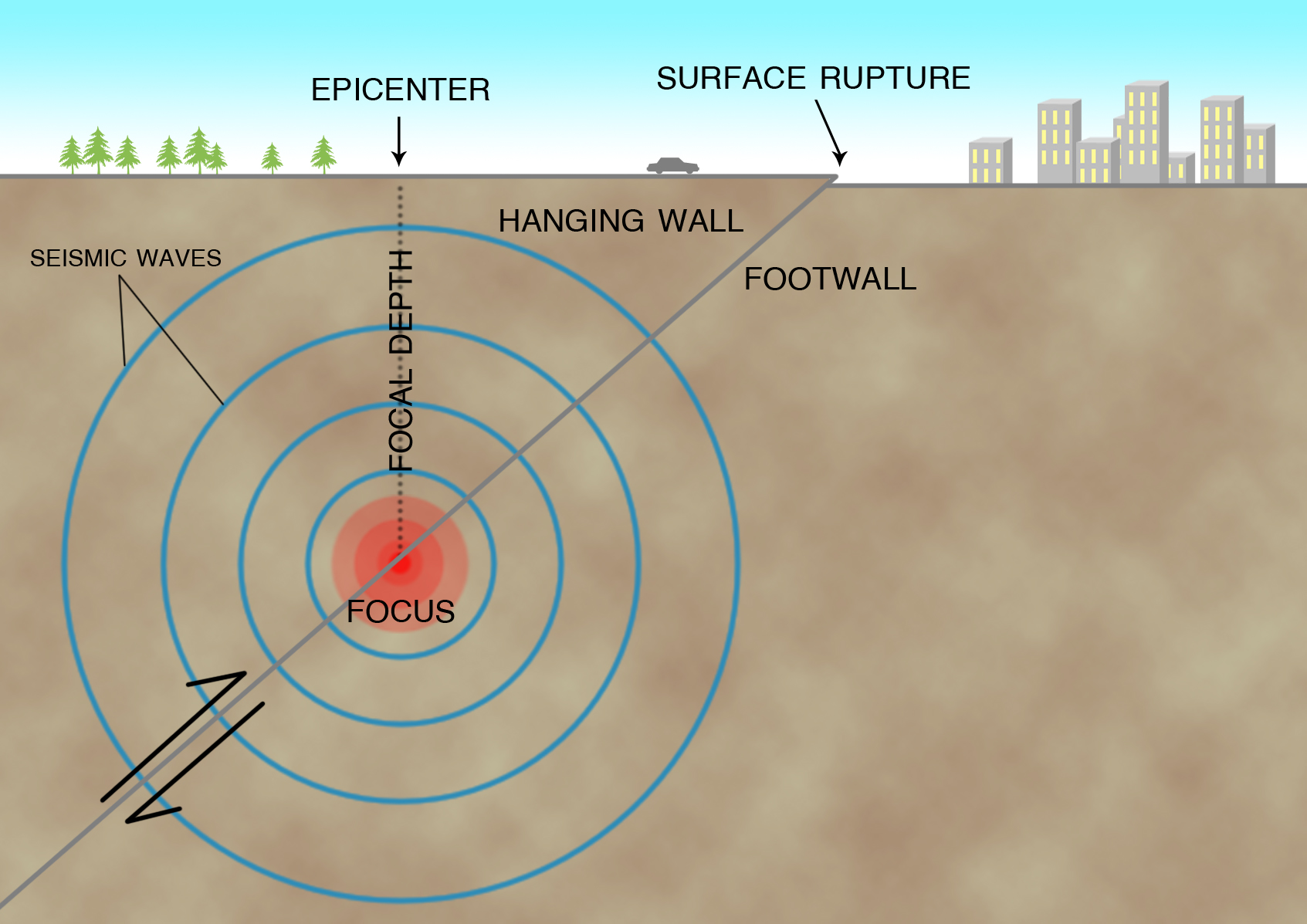Earthquake Intensity: How Scientists Measure Shaking
Ever wondered why two earthquakes of similar size can cause vastly different levels of damage? The answer lies in how scientists define and measure earthquake intensity, a crucial aspect of understanding the impact of these natural disasters.
Defining Seismic Intensity: Beyond Magnitude
While earthquake magnitude, often reported using the Richter scale or moment magnitude scale, describes the energy released at the earthquake's source, seismic intensity focuses on the effects of the earthquake at a specific location. It's a measure of how strongly the earthquake is felt and the extent of damage it causes. This distinction is crucial because intensity varies depending on factors like distance from the epicenter, local geological conditions, and the quality of construction.
Intensity scales are typically based on observable effects, ranging from minor shaking felt by few people to catastrophic damage affecting widespread areas. These effects are carefully documented and analyzed to assign an intensity level to a particular location.
The Modified Mercalli Intensity Scale (MMI): A Cornerstone of Assessment
The Modified Mercalli Intensity Scale (MMI) is one of the most widely used scales for assessing seismic intensity. It assigns Roman numerals (I to XII) to describe the intensity of shaking and damage. An intensity of I represents shaking that is not felt, while an intensity of XII represents total destruction. The MMI is based on subjective observations of earthquake effects, including:
- Human perception (e.g., "felt by few," "felt by all")
- Damage to buildings and infrastructure (e.g., "slight damage," "heavy damage," "collapse")
- Changes in the natural environment (e.g., landslides, ground fissures)
The MMI scale offers a practical way to understand the impact of an earthquake, particularly in areas where instrumental data may be limited. It bridges the gap between scientific measurements and the lived experience of an earthquake.
Factors Influencing MMI Assessment
Several factors complicate the assignment of MMI values. These include variations in building construction, soil conditions, and population density. For example, an area with older, unreinforced masonry buildings will likely experience higher intensity levels compared to an area with modern, earthquake-resistant structures, even if they experience the same ground motion.
Limitations of the MMI Scale
While valuable, the MMI scale has limitations. Its subjective nature means that intensity assignments can vary depending on the observer. Also, the descriptions may not accurately reflect damage in all types of buildings or geological settings. This has led to the development of more objective, instrument-based measures of intensity.
Instrumental Intensity Measures: A Quantitative Approach
In recent decades, advancements in seismology have led to the development of instrumental intensity measures, which provide a more objective and quantitative assessment of seismic intensity. These measures rely on data from seismographs and other instruments that record ground motion during an earthquake.
Peak ground acceleration (PGA) and peak ground velocity (PGV) are two key parameters used in instrumental intensity assessments. PGA measures the maximum acceleration of the ground during shaking, while PGV measures the maximum velocity. These parameters are directly related to the forces experienced by structures and the potential for damage.
Statistics show that higher PGA and PGV values generally correspond to higher levels of damage. According to a 2024 study published in the "Seismological Research Letters", improved sensor networks in areas like California have dramatically increased the accuracy and resolution of real-time instrumental intensity maps.
Relationship Between Instrumental Measures and MMI
Researchers have established correlations between instrumental measures like PGA and PGV and the Modified Mercalli Intensity Scale. These correlations allow for the creation of shake maps, which provide a visual representation of intensity distribution based on instrumental data. Shake maps are valuable tools for emergency response and damage assessment.
Advantages of Instrumental Intensity
Instrumental intensity measures offer several advantages over the MMI scale. They are objective, repeatable, and can be obtained rapidly following an earthquake. This allows for timely assessments of damage potential and the deployment of resources to affected areas. They also overcome the subjectivity inherent in macroseismic observations.
Combining Macroseismic Observations and Instrumental Data
The most comprehensive approach to assessing earthquake intensity involves combining macroseismic observations (i.e., reports of felt effects and damage) with instrumental intensity data. This integration allows for a more complete and nuanced understanding of the earthquake's impact.
For example, instrumental data can be used to create a preliminary shake map shortly after an earthquake. This map can then be refined and validated using reports from the public and observations from field surveys. This process can help identify areas where damage may be greater than predicted based on instrumental data alone, potentially due to local site effects or vulnerabilities in building construction.

Challenges in Measuring Earthquake Intensity
Despite advancements in technology and methodology, accurately measuring earthquake intensity still presents challenges. These challenges include:
- Data availability: Obtaining sufficient instrumental data, particularly in remote or less developed areas, can be difficult.
- Site effects: Local geological conditions can significantly amplify or attenuate ground motion, leading to variations in intensity over short distances.
- Building vulnerability: The susceptibility of buildings to damage varies depending on their design, construction materials, and adherence to building codes.
- Population density: Sparsely populated regions may have fewer eyewitness accounts for MMI assessments, making it difficult to estimate intensity based on macroseismic observations.
Addressing these challenges requires ongoing research and development, including the deployment of denser seismic networks, improved understanding of site effects, and efforts to promote earthquake-resistant construction practices.
Applications of Intensity Data
Earthquake intensity data is valuable for a wide range of applications, including:
- Emergency response: Real-time intensity maps can guide the deployment of emergency services to the areas most severely affected by an earthquake.
- Damage assessment: Intensity data can be used to estimate the extent and severity of damage to buildings and infrastructure.
- Building code development: Intensity data helps inform the development and refinement of building codes to improve the earthquake resistance of structures.
- Hazard mapping: Intensity data is used to create seismic hazard maps, which identify areas at high risk of strong ground shaking and potential damage.
- Public awareness: Communicating earthquake intensity information to the public can raise awareness of earthquake hazards and promote preparedness.
Furthermore, analyzing historical seismic intensity data can provide valuable insights into long-term seismic trends and help identify areas where future earthquakes are likely to occur.
Evolution of Intensity Scales
The concept of seismic intensity has evolved significantly over time. Early intensity scales, such as the Rossi-Forel scale (developed in the late 19th century), were based primarily on qualitative observations. The Modified Mercalli Intensity Scale, developed in the early 20th century, represented a significant improvement by providing more detailed descriptions of earthquake effects.
The advent of instrumental seismology has led to the development of hybrid intensity scales that combine both qualitative observations and quantitative measurements of ground motion. These scales offer a more comprehensive and objective assessment of seismic intensity.
The table below provides a brief overview of the evolution of intensity scales:
| Scale | Description | Basis | Limitations |
|---|---|---|---|
| Rossi-Forel | Early intensity scale with 10 degrees. | Qualitative observations of shaking and damage. | Subjective, limited detail. |
| Modified Mercalli Intensity Scale (MMI) | Widely used scale with 12 degrees. | Descriptions of felt effects and damage. | Subjective, influenced by building type and soil conditions. |
| Instrumental Intensity Scales | Scales based on quantitative measurements. | Peak ground acceleration (PGA), peak ground velocity (PGV). | Requires instrumental data, correlations with MMI can vary. |
| Hybrid Scales | Combine observations and instrument data. | MMI descriptions and PGA/PGV measurements. | Complex to implement, requires both types of data. |
Challenges in Comparing Intensity Scales
Comparing intensity values from different scales can be challenging due to differences in their definitions and methodologies. Researchers have developed conversion tables and empirical relationships to facilitate comparisons, but these conversions are often approximate and should be used with caution.
Modern Intensity Scales: EMS-98
While the Modified Mercalli Intensity Scale is used in the United States, other intensity scales are used worldwide. For instance, the European Macroseismic Scale (EMS-98) is used throughout Europe. EMS-98 provides more detailed guidance for assessing vulnerability of buildings and categorizing damage levels than MMI.
The table below compares key features of the MMI and EMS-98 scales:
| Feature | Modified Mercalli Intensity Scale (MMI) | European Macroseismic Scale (EMS-98) |
|---|---|---|
| Geographic Use | United States, parts of Asia | Europe |
| Building Vulnerability Classification | General descriptions | Detailed vulnerability classes (A-F) |
| Damage Grades | General descriptions | Clearly defined damage grades (1-5) |
| Emphasis | Felt effects and general damage | Building damage and detailed vulnerability assessment |
Future Directions in Intensity Assessment
Future research will focus on developing more sophisticated and reliable methods for assessing earthquake intensity. This includes incorporating advanced sensor technologies, improving our understanding of site effects, and developing more accurate models for predicting damage to buildings and infrastructure.
The Role of Citizen Science
Citizen science initiatives are playing an increasingly important role in earthquake intensity assessment. Programs that allow the public to report their experiences of shaking and damage can provide valuable data, particularly in areas where instrumental data is limited. These reports can supplement instrumental data and improve the accuracy of intensity maps.
FAQ
- What is the difference between earthquake magnitude and intensity?
Earthquake magnitude measures the energy released at the earthquake's source, while earthquake intensity describes the effects of the earthquake at a specific location.
- How is the Modified Mercalli Intensity Scale used?
The MMI scale assigns Roman numerals (I to XII) based on observed effects, such as human perception of shaking and damage to buildings.
- What is peak ground acceleration (PGA)?
PGA is the maximum acceleration of the ground during an earthquake, a key parameter in instrumental intensity assessment.
- How are macroseismic observations used in intensity assessment?
Macroseismic observations, such as reports of felt effects and damage, are combined with instrumental data for a more comprehensive assessment.
- What are some limitations of intensity scales?
Limitations include the subjective nature of some scales, data availability, site effects, and variations in building vulnerability.
Understanding how scientists define and measure earthquake intensity is crucial for mitigating the risks associated with these powerful natural events. By combining instrumental data with macroseismic observations, we can create more accurate assessments of damage potential, inform building codes, and ultimately, protect lives and property. Share your thoughts and questions about earthquake intensity in the comments below. We’d love to hear your experiences and insights on this vital topic!
